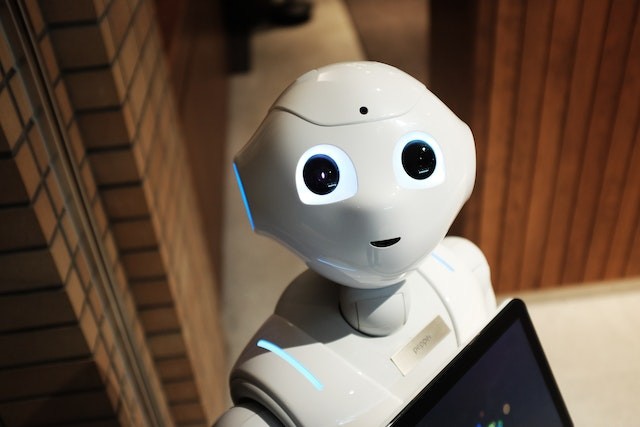
World's Most Powerful General-Purpose Humanoid Robot Criticized; Terminator-esque Bot Reportedly Looks Like Trying to Find Nearest Toilet
A new robot developed by a Chinese company was unveiled. It was reportedly the most powerful general-purpose bot, but many criticized it for its bearing.
China's H1 Robot - The Most Powerful General-Purpose Bot
H1 robot, built by Chinese company Unitree Robotics, was dubbed the "world's most powerful general-purpose humanoid." However, many social media users joked about it after it was unveiled because they felt that the Terminator-esque bot appeared to be looking for the nearest toilet. A different user jokingly added that its purpose includes finding the nearest public toilet ASAP.
Unitree H1 robot features self-developed high-torque joint motors, a 360-degree panoramic perception, and dexterity for force-controlled movements and operations.
It weighs about 47 kilograms (100 lbs) and stands 180 cm (71 inches) tall. It walks at 3.4 mph, almost the same as the average person.
It also has a depth camera and LiDAR, a form of remote sensing that makes 3D models and maps of adjacent objects using reflected light.
Hands, though, are one thing that is notably absent for now. These are currently being developed, according to Unitree.
The business has not yet announced an official release date for H1, but it hopes to have the robot on the market for about $90,000 (£70,600) within the next three to 10 years.
In its promotional video, a Unitree engineer can be seen kicking H1 over as it moves along the street, but he is unsuccessful since the robot always manages to regain its balance and continues walking, looking unbothered.
Introducing Unitree H1: Its First General-purpose Humanoid Robot| Embodied AI, Price below $90k
— Unitree (@UnitreeRobotics) August 15, 2023
The preview of half-a-year achievement
The highest-power-performance robot of its counterparts with similar specifications in the world, weigh ~47Kg, maximum joint torque of 360N.m pic.twitter.com/dXSXdgst5O
Japan Developed Robotic Arms to Unlock Creativity
While China's humanoid H1 noticeably lacked hands, Japan previously developed wearable robotic arms. Each device includes six arms, which the users can control. The tech was designed to help one unlock their creativity.
The JIZAI Body project at ERATO, financed by the Japan Science and Technology Agency (JST), is led by Masahiko Inami, a professor at the Research Center for Advanced Science and Technology at the University of Tokyo. The University of Tokyo's Inami team has been working on wearable robotic arms based on the Japanese notion of jizai, loosely translated as autonomy and the freedom to do as one pleases.
The intention is to promote a relationship between performer and instrument that is somewhere between that of a human and that of a tool, similar to how a musical instrument may begin to resemble an extension of the body.
The Jizai Body Project, according to Inami, was inspired by traditional Japanese puppetry and a short story by Yasunari Kawabata about a man who snatches a young woman's arm and spends the night with it.
He clarified that the additional limb is not intended to rival humans. Wearable robotic arms, like an e-bike or a bicycle, are a tool that supports our freedom of movement. Inami noted that it can help us develop creativity.
In the "Jizai Arms" advertising film, two ballet dancers perform in tandem while holding robotic arms that extend from their torsos and backs. The dancers finished their performance by hugging and using their robotic arms.
RELATED ARTICLE: What Caused the Death of the Whale Shark? Research Points to International Trade Carried by Sea as the Culprit
Check out more news and information on Tech & Innovation in Science Times.














